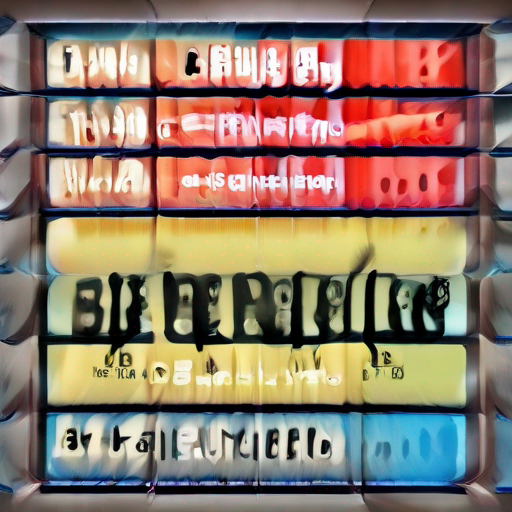Article Syndication Law: Exploring Rights and Obligations
In today's digital age, content creation has become a crucial aspect of online marketing strategies. With millions of websites vying for attention, the need to share information across platforms has given rise to article syndication. Article syndication law governs the rights and obligations of creators and users when it comes to sharing and using copyrighted material. In this article, we will delve into the intricacies of article syndication law, exploring both the benefits and challenges that arise from this practice.
What is Article Syndication?
Article syndication involves publishing an article on multiple platforms or websites simultaneously. This can be done through various means, including online directories, RSS feeds, social media, and even guest blogging. The primary objective of article syndication is to reach a broader audience, increase visibility, and drive traffic to the original source.
Copyright Considerations
When it comes to article syndication, copyright laws play a crucial role in protecting creators' rights. Article syndication law dictates that authors retain ownership of their work and have the right to control how their content is used. This includes the right to decide who can publish, modify, or distribute the material.
Fair Use Doctrine
The Fair Use doctrine is an essential aspect of article syndication law. It permits limited use of copyrighted material without obtaining permission from the original creator. The doctrine balances the need for creators to protect their work with the public's interest in accessing and sharing information.
Obligations Under Article Syndication Law
Creators of original content have several obligations under article syndication law:
- Copyright Notice: Creators must include a copyright notice, such as © [Year] [Author Name], to indicate ownership and protection.
- Permission for Use: If the creator wants to allow others to use their work, they must explicitly grant permission or provide a license.
- Tracking Usage: Creators should monitor usage of their content to ensure that it is being used in accordance with agreed-upon terms.
Rights Under Article Syndication Law
Creators and users have several rights under article syndication law:
- Exclusive Rights: Creators retain the right to control how their work is used, including deciding who can modify or distribute the material.
- Remuneration: If the creator grants permission for use, they are entitled to receive compensation or royalties.
- Licensing: Creators can license their work to others, providing a framework for usage and ensuring that their rights are protected.
Key Takeaways
| Aspect | Description |
|---|---|
| Copyright Considerations | Article syndication law protects creators' rights through copyright laws. |
| Fair Use Doctrine | The doctrine permits limited use of copyrighted material without permission. |
| Obligations | Creators must include a copyright notice, grant permission for use, and track usage. |
| Rights | Creators retain exclusive rights, receive remuneration, and can license their work. |
Conclusion
Article syndication law is a complex topic that requires understanding of both the benefits and challenges it presents. By grasping the intricacies of article syndication law, creators and users can navigate the digital landscape with confidence, respecting each other's rights and obligations in the process.
For more information on article syndication law, visit https://keywordjuice.com/ to learn how to optimize your content for maximum visibility.
